When it comes to attention-seeking fashion, bigger is usually better. A giant designer bag. Shoulder-grazing earrings. A straw hat the size of a bike tyre. Recently, however, there has been a shift. Like celebrity bodies on the red carpet, accessories are shrinking. Everything from bags to water bottles are noticeably downsizing.
In April, Uniqlo released a micro version of its mini shoulder bag. The original banana-shaped hit, which has become the brand’s bestselling bag of all time, measured 28cm by 17cm. Its £12.90 offspring has been scaled down to 21.5cm by 11.5cm and, like a matryoshka doll, comfortably nestles inside its progenitor.
Meanwhile, a bottle that holds just 200ml of liquid is also enjoying viral fame on TikTok. Similar to a Stanley cup, the Micro Hydro Mini flask can be customised and engraved. But unlike its predecessor, which can hold enough water for a full day’s intake of H20 and then some, the Micro Hydro Mini stores about 3.5 gulpfuls. The palm-sized bottle sold out within 24 hours when it was launched in February, and it has since sold out several times more.
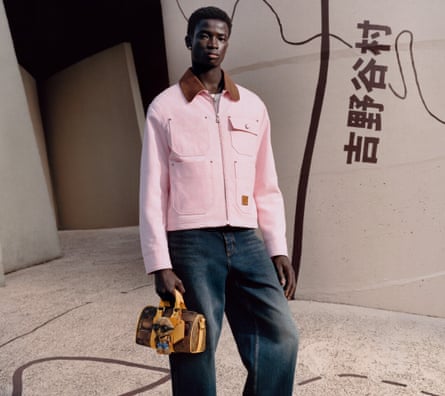
Even Labubu dolls, those plush monster charms you can dangle off your bag, are getting tinier. An original fuzzy monster stands at around 17cm, but duped keychain versions measure an easy-to-lose 2cm. And then there is what you might call “LaVuVu” charms, Pharrell Williams’s new series of 10cm-high bears outfitted in miniaturised versions of outfits from his collections for Louis Vuitton menswear. (At £915, the price is anything but small.)
Of course, there’s a practical element to this diminishing effect. Unless you are going wild camping, do you really need to lug around an industrial-sized vat of water?
The original Uniqlo bag was nicknamed “the Mary Poppins carry-all”, and fans posted videos of themselves filling it with everything from packets of biscuits to digital cameras, perfume bottles and even a rotisserie chicken. The new, compressed version, though, is also deceptively roomy. “This is exactly what I needed to keep my phone, lipstick, key card and money on me all the time on holiday!” one shopper wrote in a review on on Uniqlo’s website. “I use it everyday as it’s the perfect size to hold my essentials. Saves me digging in my bag constantly,” wrote another.
But this shrinking trend also hints at something bigger. Rather than clothing or branded bags with logos, low-key accessories have become the real status signifiers. The original Uniqlo round shoulder bag was named the most popular bag of 2023 by the shopping platform Lyst. Last year, demand for the Stanley Quencher cup caused lengthy queues and even physical fights between customers. Meanwhile, last May, the official stockist of Labubu, was forced to pulls dolls from 16 of its stores in the UK due to safety concerns of customers scrapping over them.
“Stuff” has never been so significant and we are laden with it. Bags are “Birkenified” with keychains, scarfs and plushies. Shoes laces are adorned with charms spanning everything from miniature-shaped plastic croissants to strings of pearls. Some fans of the mini Uniqlo bag and the Hydro mini flask are clipping them on to bigger bags or attaching them to their belts. Instead of resembling logoed billboards, we now stroll around like beach hawkers weighed down with gear. When even an accessory requires its own accessory, no wonder the micro-scale market is booming.
Tiny things have always appealed to humans. In 17th-century Japan, traditional clothing did not come with pockets so instead men used tiny carved objects called netsuke to attach their belongings to their belts, which ranged from mushrooms to a 3cm-tall wooden mouse.
after newsletter promotion
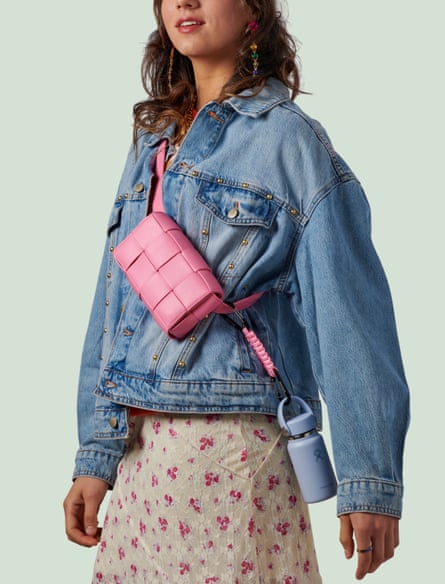
The main adjective online fans use when describing modern day minuscule accessories is “cute”. “Cuteness often presents itself as small in order to appear unthreatening and trigger an emotional response,” says Claire Catterall, a senior curator at Somerset House, who curated its 2024 Cute exhibition.
Writing in her book Figurines in Hellenistic Babylonia: Miniaturisation and Cultural Hybridity, Stephanie M Langin-Hooper explains the appeal of tiny items to the human eye. “The object is now cute, more accessible, more delicate, more ‘squee’. It is also more helpless, and thus controllable – comforting and completely non-threatening due to its diminutive size. The miniature is so compelling because we can love it, and it cannot hurt us.”
In the way that a favourite stuffed toy or worn blanket can comfort a child, given the state of the world, can anyone really blame a a twentysomething for wanting to soothe themselves with a Noodoll dangling from their work bag?
Langin-Hooper argues miniature objects are “a powerful tool for the subtle dissemination of social ideas and values”. In times of social upheaval they “offer the possibility of change – and the option of literally crushing that change, should it offend. What might be threatening to think about in the real-scale world can be more manageable and more conceivable in miniature.”
Perhaps it’s not always that deep. When it comes to accessories, cuteness is a key factor of consumption. Fans of the Hydro Mini regularly refer to it as “my baby”, while plushie charms are stroked and fondled. As Clatterall says: “Cuteness certainly makes us consume more. It’s kind of what makes it tick. It needs us to want it.”
To read the complete version of this newsletter – complete with this week’s trending topics in The Measure and your wardrobe dilemmas solved – subscribe to receive Fashion Statement in your inbox every Thursday.

 4 months ago
62
4 months ago
62
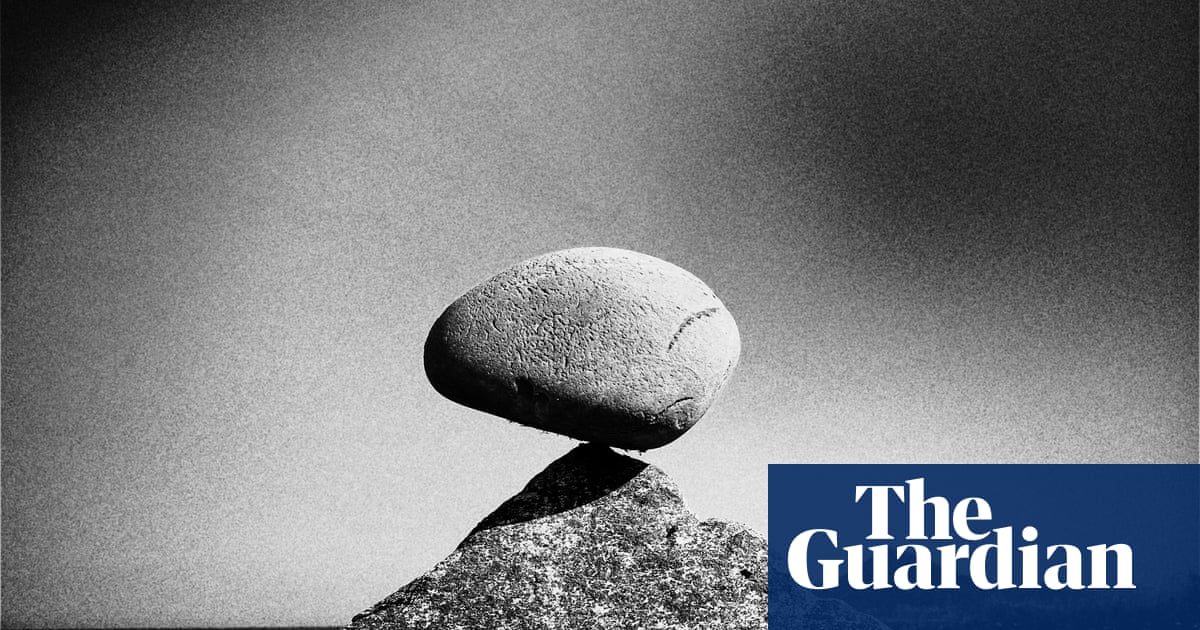
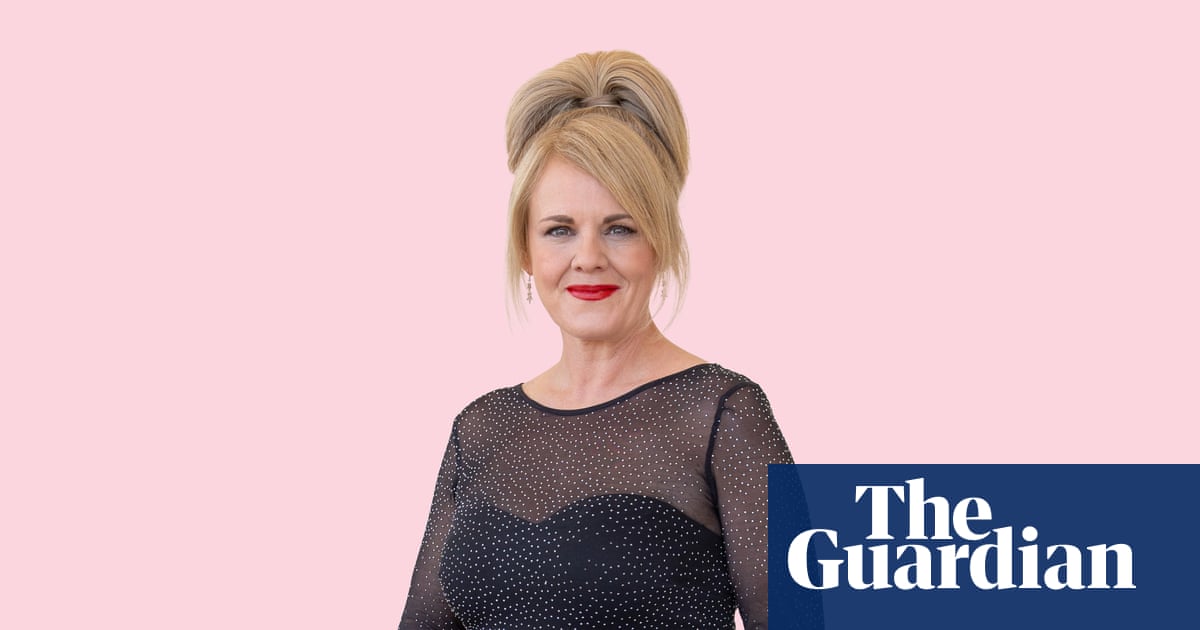
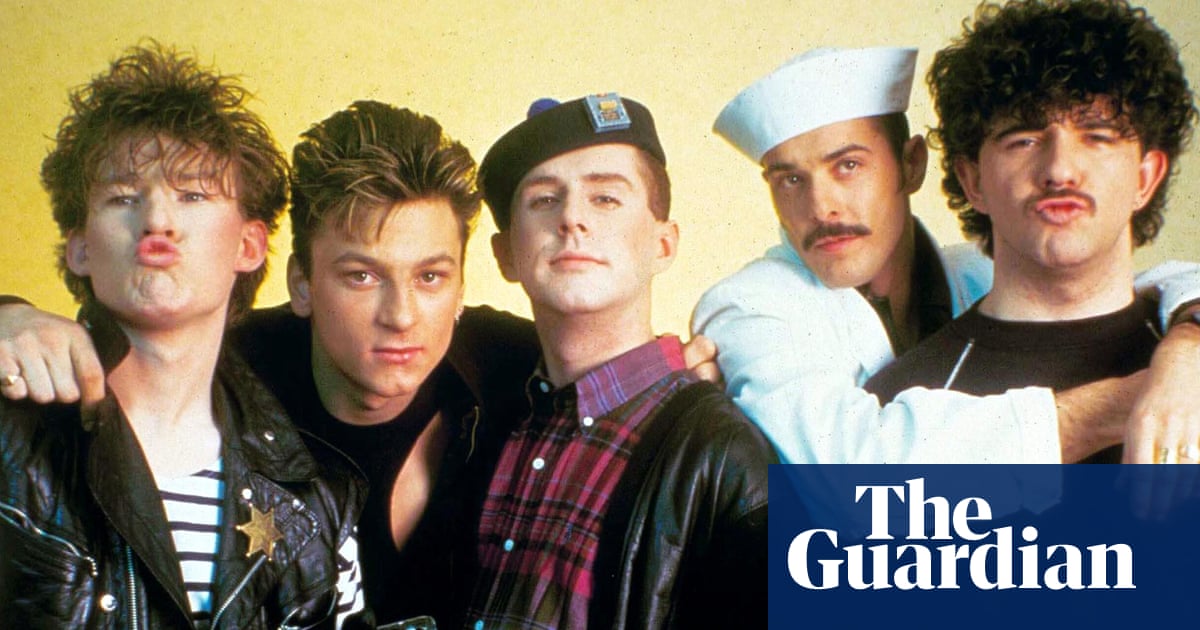
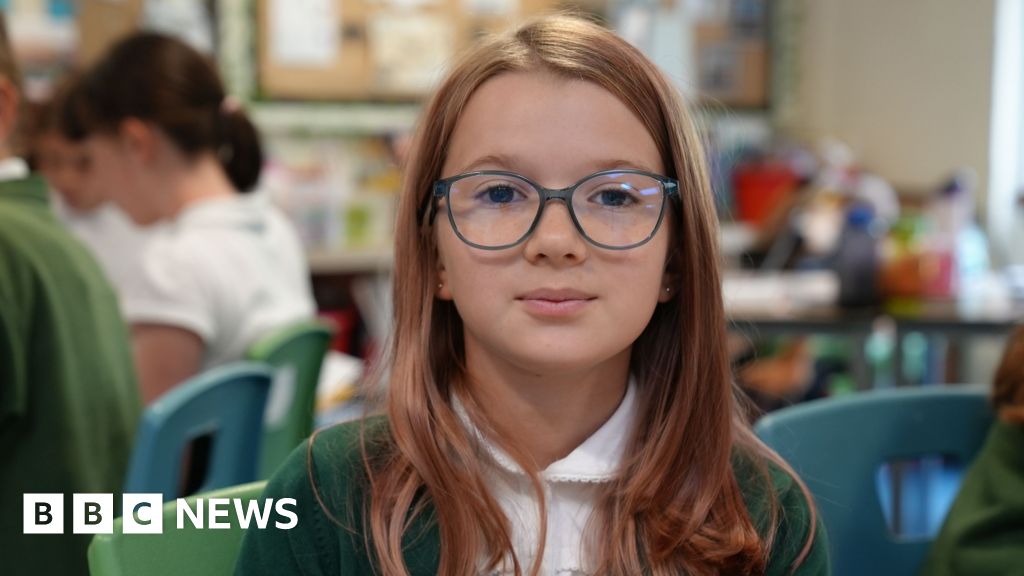

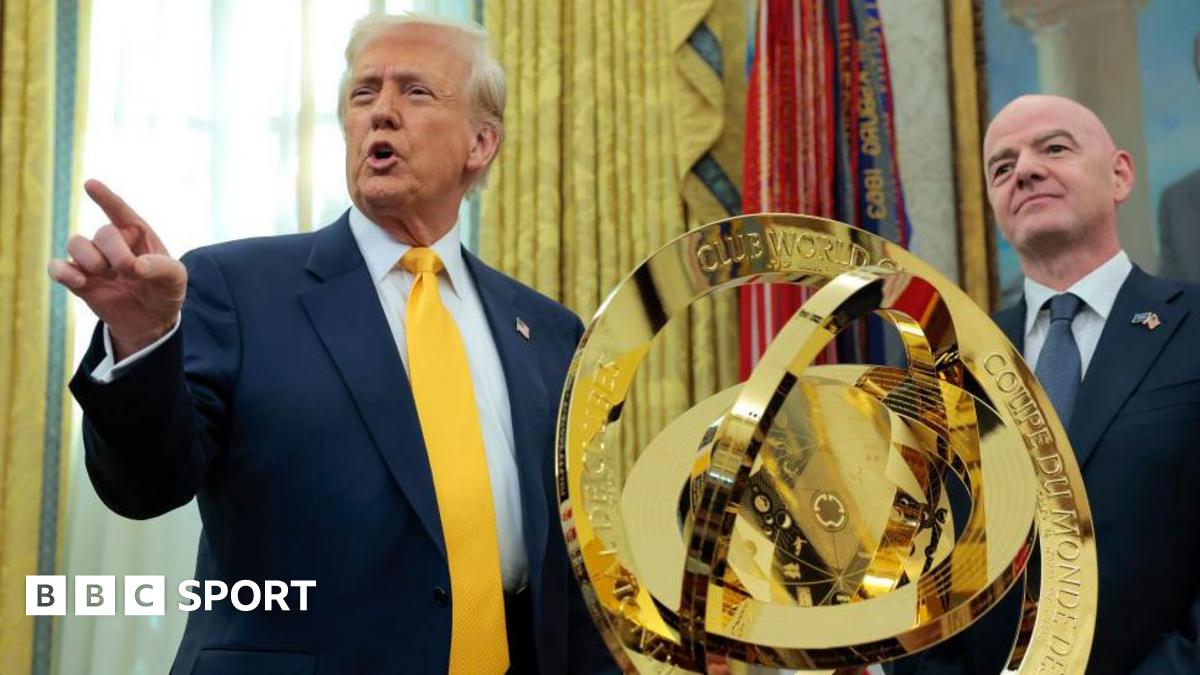
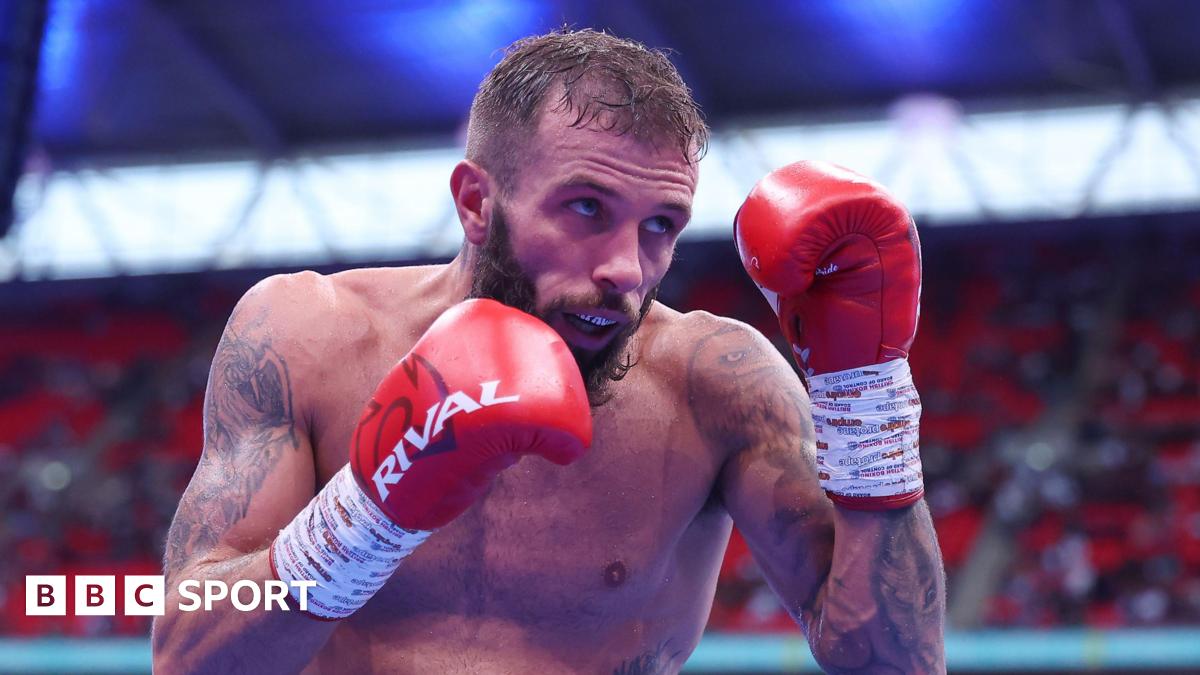
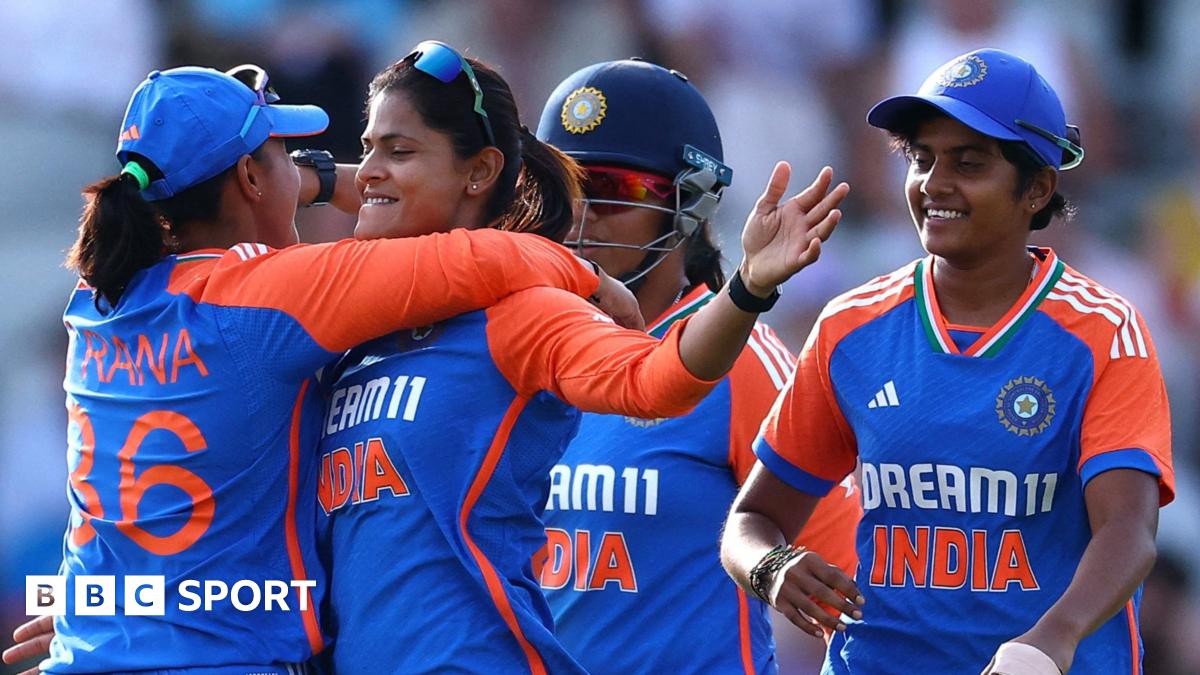
 English (US) ·
English (US) ·